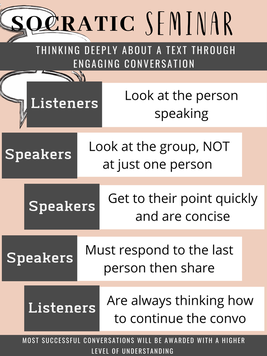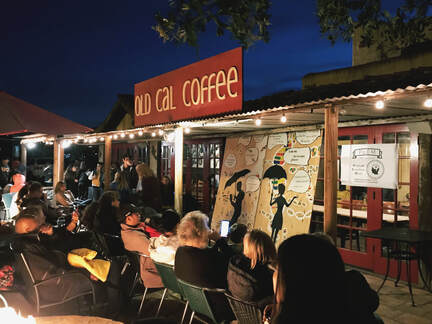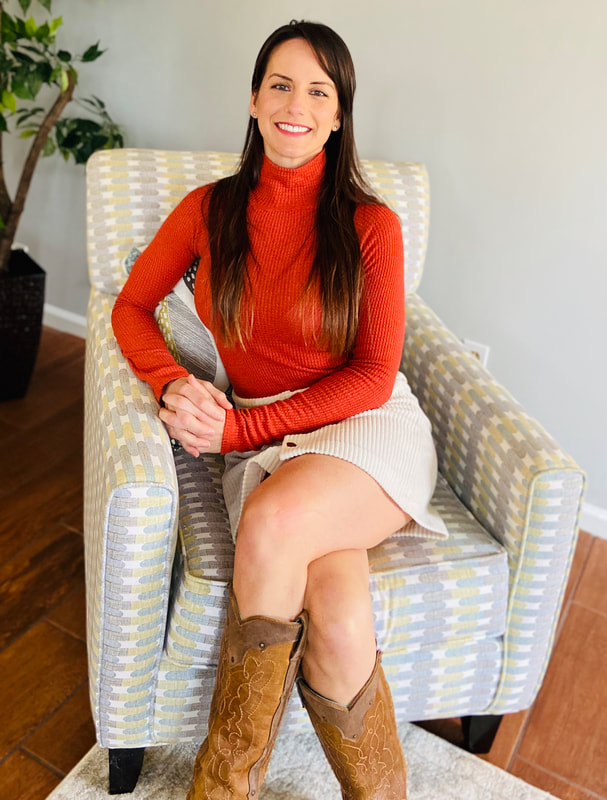|
The structure of a Socratic seminar is pretty easy to establish and keep up with in the classroom. It includes student preparation, two circles (inner and outer), keeping time, a writing reflection and a tracking sheet.
1 Comment
At my project-based school, a huge part in students creating beautiful work is having it critiqued. But there is a caveat to the success that makes critiquing worth it. The person giving feedback about the work needs to mean something to the students. The person providing their input must be an expert in the field or be an authentic audience. Parents coming to view the work of the students isn’t enough. The teacher grading the work is not enough and kids giving each other feedback is not enough. Let me explain. I totally believe in having kids critique each other’s work and teacher input is valuable and parents seeing what their kid has done all semester is just as important, but all of those things only go so far when you are trying to get students to push themselves in their learning. Those things are important, but it’s not as meaningful and beneficial and helpful as when an expert in the field comes into the classroom, teaches the class something and then comes back to gauge where the students were with their work.

A big part of making Socratic seminars work in my classroom is explicitly teaching kids how to have a conversation with a group of people. The more specific I am about how to do this, the better it ends up being in the long run. The last thing you want to do is try to jump into Socratic seminars without giving them any guidelines and just assuming they will get it. They won’t. It will end up being a giant mess and it’s way harder to go back and try to redo something like this after it goes wrong rather than taking the time and setting the students up for success. Plus, if that is all you have planned for the period and it crashes and burns within the first 10 minutes, your stuck with nothing left to do the rest of the period.
For my first project this school year with my sixth graders, I chose to plan for an open mic night. Ultimately, I wanted the kids to get up in front of an audience of community members, (expert) poetry writers and their parents and share intimate details of their lives. The essential question we (my teaching partner and I) presented to them was, Who am I and what shapes my identity.
 Why is a Safe Space in Socratic Seminars Important? I believe that a safe learning space is important in any classroom, whether you are doing Socratic seminars or not, but especially important here. Why? Because students need to be comfortable to make mistakes, ask questions and not feel threatened if they are challenged by a peer for their opinion or their understanding of something. During Socratic Seminars, students have to trust that they are being heard and that their voice is valued. They must also understand the importance of listening to one another. This year is the first time I’ve ever done student-led conferences and I can tell you from my one experience that they are soooo worth it. A student-led conference is basically a parent-teacher conference, but attended and presented by the student. It’s an amazing opportunity for students to reflect on their first couple of months of school, decide on what’s working, where they need to grow and identify a single goal that they want to work on that semester. It’s great because it sets the tone for the rest of the school year and that is, their work matters and is valuable to them.
I was using Socratic Seminars before I even knew what they were and you might be, too! When I first started teaching, I was given a basal reader. A script to (I assumed) memorize and then recite to my students. There were comprehension questions that got at the surface of the 5 page story, an excerpt from a novel and then a multiple choice and writing prompt for students. I would wait for them to complete it, about a third of them would, then I’d go over the answers. After that, I would move onto math. I remember one day I was reading a story to the class and I had them make a prediction. We turned the page to see if the prediction could be confirmed and it was the end of the story! No more left. The next section went onto the comprehension questions. What? I kept flipping the pages back and forth as my students idea that school was a waste of time was reinforced into their minds. This program was seriously the least engaging program I had ever seen. The entire process of read, answer 5 multiple choice questions and write a response took away any joy there might be in reading.
|
Julia GrahamDaughter of the King, wife and mother, former upper elementary teacher, curriculum and course developer Archives
March 2023
Categories
All
|
Pages |
Resources |
|







 RSS Feed
RSS Feed